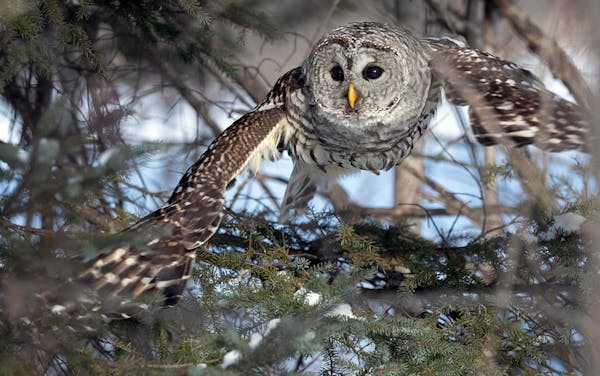A University of Minnesota laboratory has replicated a speedy test to detect chronic wasting disease (CWD) in what researchers have termed a major milestone in the state's fight to protect white-tailed deer.
"It's all meant to understand the ecology of CWD in Minnesota and help us fight the disease,'' said Peter Larsen, leader of prion research at the College of Veterinary Medicine.
Larsen's team joined the ranks of several other U.S. labs capable of running a nine-hour test for CWD by processing biological samples from live or dead deer on Jan. 24. The technology — not yet validated by federal regulators — is welcomed as a research tool by the state Department of Natural Resources and the Board of Animal Health.
"It's exciting news for us,'' said Board of Animal Health assistant director Linda Glaser, who oversees Minnesota deer farms.
The current gold-standard CWD test doesn't work on live deer, isn't reliable for testing newly infected deer and can take days to produce results.
The newer test has the capability of testing blood, saliva, urine or feces taken from live deer and can detect CWD infection at an earlier onset. Glaser said it has the promise of providing meaningful disease surveillance in captive herds. Currently in Minnesota and elsewhere, CWD-infected deer can be unknowingly moved from one farm to another.
"You could see it being used to screen animals and test more frequently,'' Glaser said.
She said Larsen's lab already is lined up to conduct an experiment for the Board of Animal Health. The new testing method — called RT-QuIC (pronounced R-T Quick) — can look for CWD prions in soil. The abnormal protein particles, shed by infected deer in feces, saliva, antler velvet and urine, are known to persist in the environment for years.
Glaser said the prion research team will collect soil samples from enclosures around the state where CWD-infected herds were discovered. If the test works, the U could discover how long CWD prions remain viable on the landscape.
Lou Cornicelli, wildlife research manager for the DNR, said the U's ability to replicate the RT-QuIC test is proof that Larsen's lab has come a long way in a short amount of time. The lab was funded last year with $1.8 million from the Environment and Natural Resources Trust Fund along with $259,000 from the Rapid Agricultural Response Fund.
As an early experiment scheduled to start soon, the lab's newly trained staff will screen 500 tissue samples from hunter-harvested deer collected by the DNR. The blind test will determine if the team can identify 12 CWD-positive samples hidden within the batch.
Cornicelli said there's no doubt that the advanced testing method has merit, but it could take years before it gets validated for official use. Speeding up CWD testing and making it affordable is critical for hunters to properly handle the deer they harvest, he said.

Neal: Wild's Gaudreau bounces back, lands in prominent playoff role against Vegas
Minnesota's top Class of 2026 boys basketball recruit commits to Iowa State
Scoggins: The area where shots get blocked serves as a proving ground for Wild

